
Absorbent City is a project developed in the Intelligent Cities studio aimed at targeting an urban intervention to combat sea level rise in this coastal zone of Rio de Janeiro, Brazil. This urban sponge is intended to seamlessly merge with the current urban scenario while also paying attention to the peculiarities of this zone such as the major high ways, the coast and canal and the bus station. The sponge is also a performative intervention with the purpose of absorbing, re-directing, storing and filtering the water as it enters the city through a natural filtration process.

Perinode B is located at the junction of zones 1 and 2 and the combination of these zones led the way to initializing our final project and influence zone to implement our intervention.
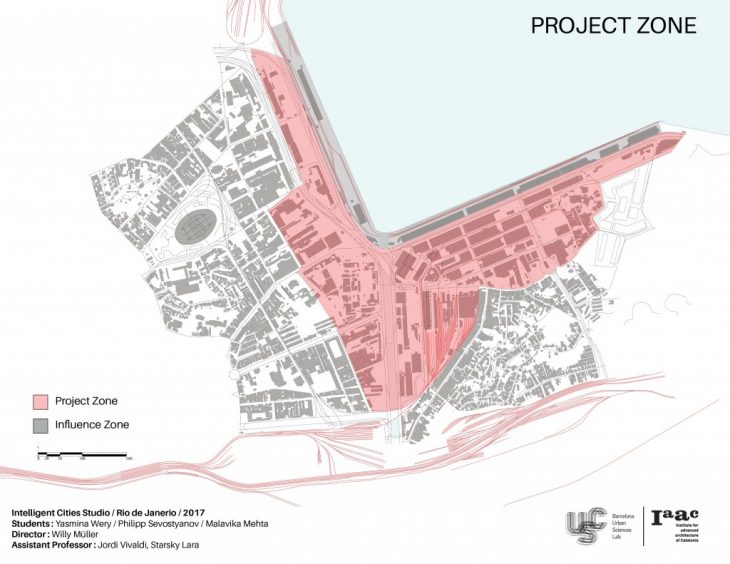
An analysis was completed in order to identify the services as well as the public equipment currently in our project zone in addition to their proximity to the perinode.


This analysis enabled us to present our final proposal which was based on inefficiencies found in our zone and also site specific needs that we needed to take into consideration such as the proximity to the coast, transportation and water treatment.

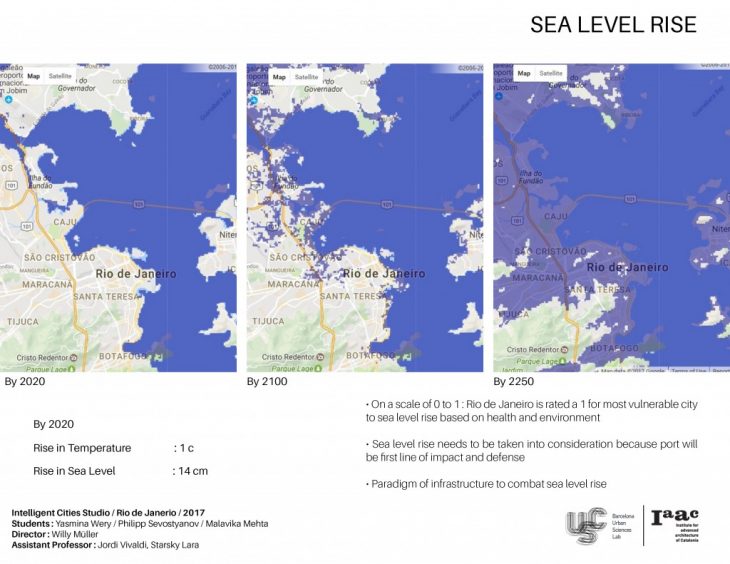





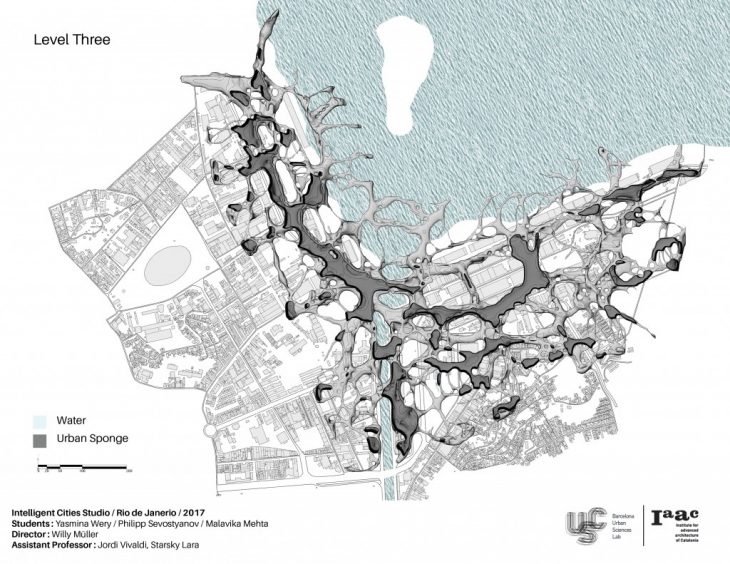




Below shows how the program was distributed throughout the sponge and how the different needs overlap and merge together.





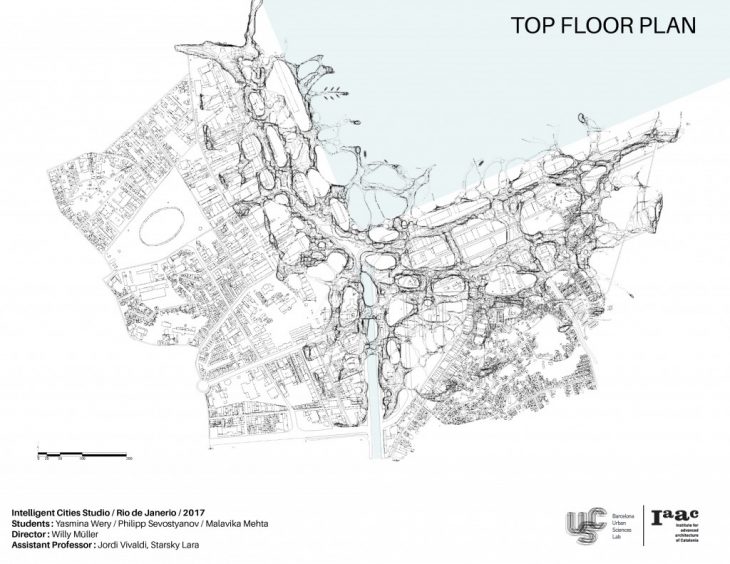
Through the program catalogue, we identified key characteristics in the urban sponge and associated them to the programming needs accordingly. For example, residential areas were placed in areas of the sponge that had multiple perforations in order to allow for greater ventilation. Additionally, the residential areas were placed in close water proximity.

The larger pockets of water were used for algae farms, the smaller pockets were for storage of water and water collection and lastly, the green spaces combined with public spaces were always at the uppermost layer of the sponge.

The mobility system was designed based on varying linear thicknesses starting with primary roads having the thickest and pedestrian paths having the thinnest. However, all mobility ways passed through the sponge not above.
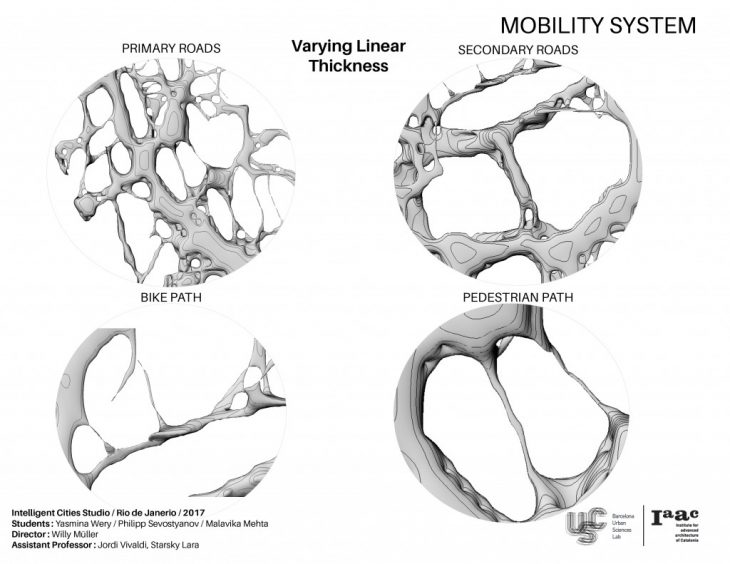

In order to break the barriers of mobility and connect the primary roads between both zones, we created bridges over the canal using the urban sponge.


This illustrates the natural water filtration process we used throughout the sponge in key areas where the water was entering into the city from the coast. The water passes through different phases consisting of sand, charcoal and gravel and finally ends into the water pocket.




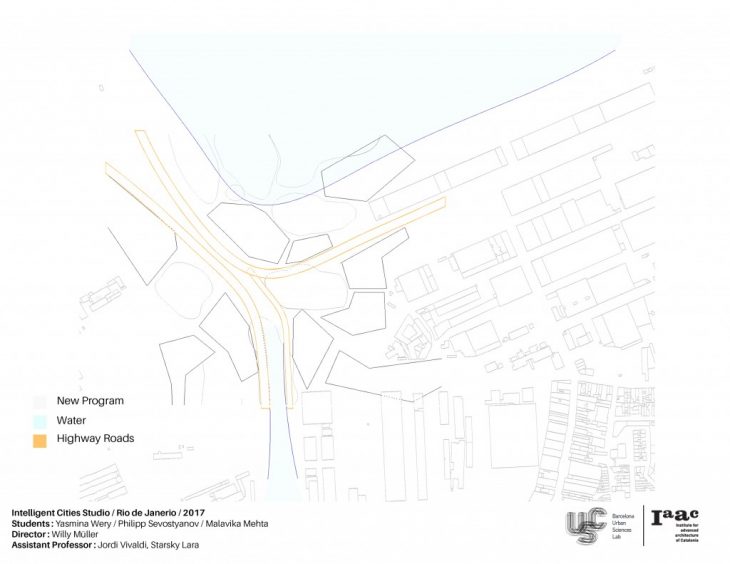


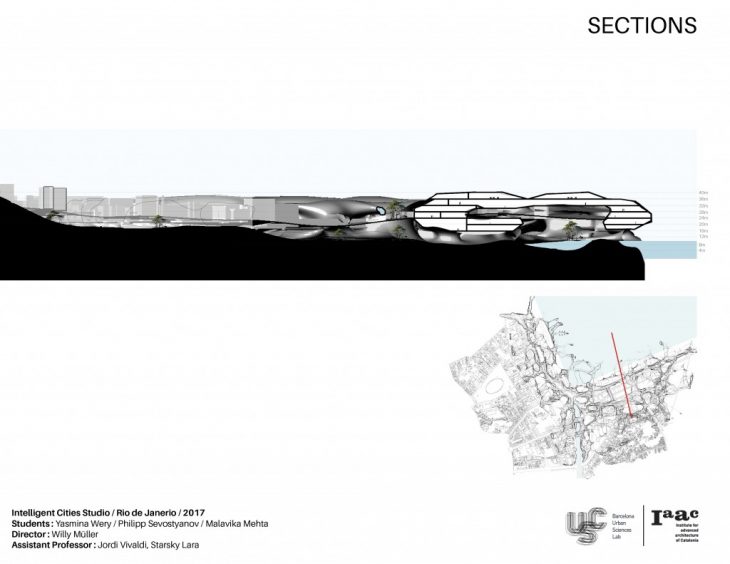




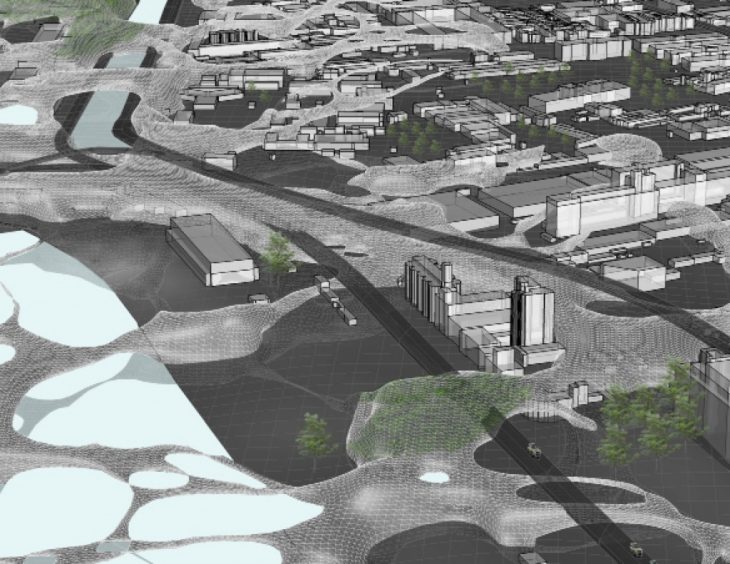
I
Students: Yasmina Wery, Malavika Mehta, Philipp Sevostyanov
Tutors: Jordi Vivaldi, Willy Muller